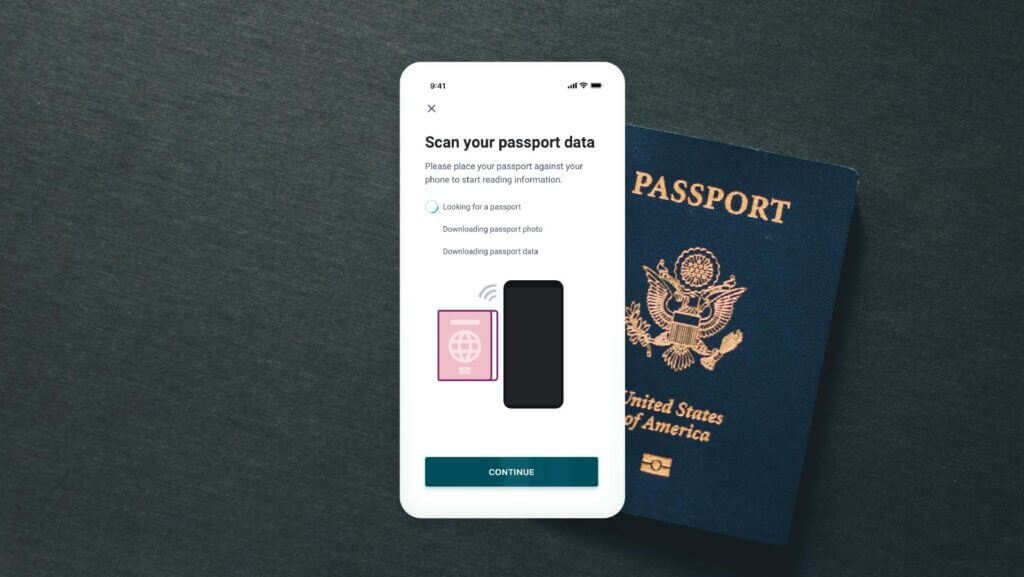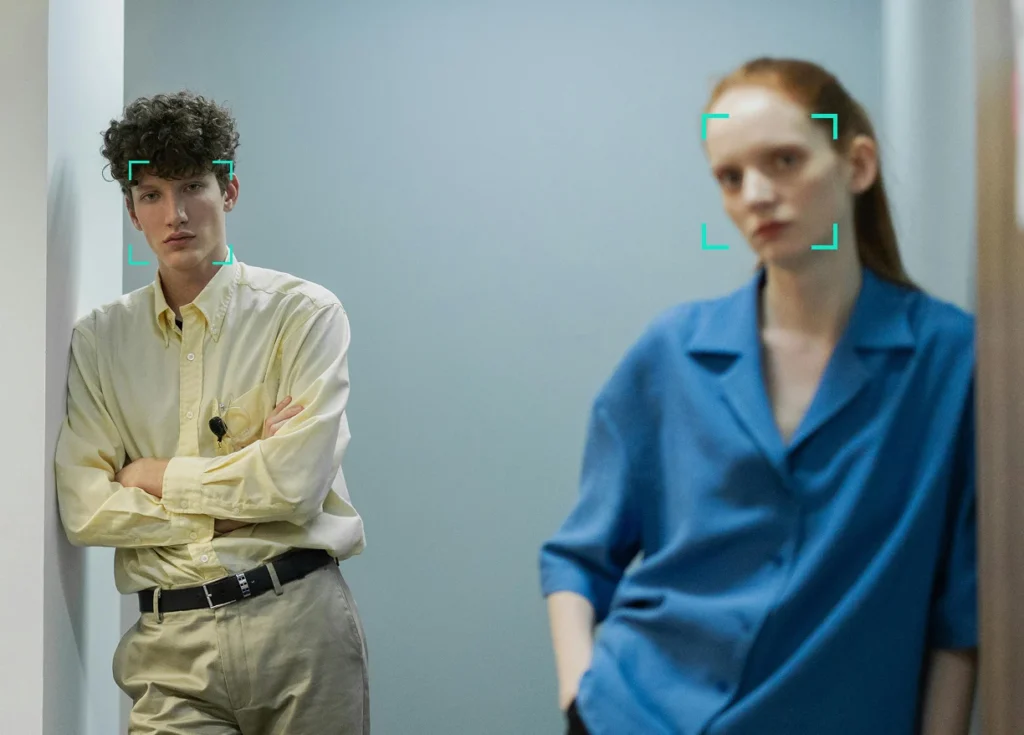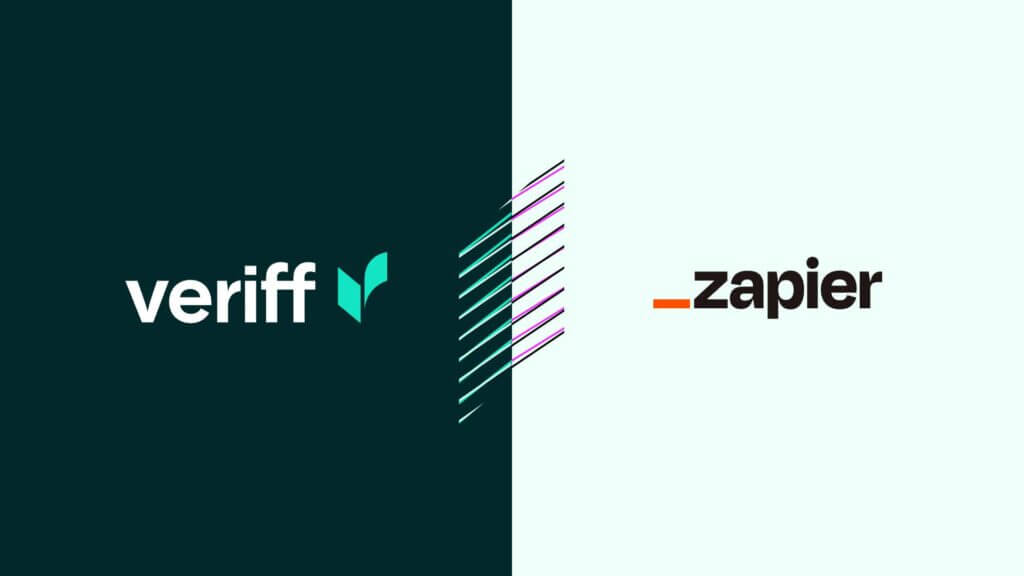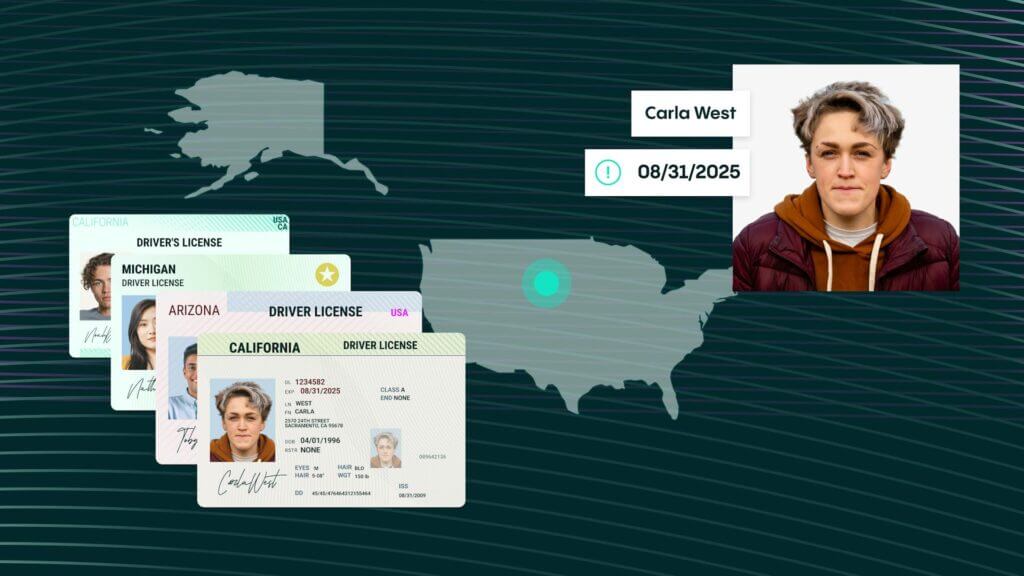Blog Post
August & September 2020: Veriff’s Verification Flow
Our incredible product team has been hard at work during the summer to improve Veriff, and what we offer to all of our partners within our verification flow – and here are all the updates we’ve made.

We can split our new developments on the verification flow during Q3 to two separate categories:
- first – improving the end user experience and conversion rates
- second – focusing on improving our collected document images quality and widening our inputs to increase our ability to automate verifications
We’ve also made a wealth of technical improvements.
User experience improvements
New web experience
We have overhauled our user interface on the Web. With the overhaul we’ve made the flow much shorter and easier to complete for users getting verified.
Handover from desktop/laptop to a mobile device
Nearly all laptops and desktop computers have a common problem in terms of document verifications – their webcam quality is too low for identity verification. These are meant for video calling and they work perfectly for it, but we at Veriff need to extract document data from these images that verify that the document is authentic. This is a hard task and often meant that users needed to capture the images multiple times to be able to get a good enough set of the images.
So, we found a perfect solution. We built a feature which hands users conveniently over to their mobile device via scanning a QR code or via sending an SMS to themselves.

To make the feature very user-friendly we connected the session on their mobile to the one on their computer, which means after the user has snapped the images on mobile we can ask them to go back to the computer and continue back to the original website, all the time keeping their verification session intact.
With this feature we’re able to get much higher quality images and other data from end users’ devices, while at the same time improving the end user experience, as now far more people are able to get themselves verified on the first try.
Visual assisted image capture

Veriff introduced Assisted Image Capture earlier this year, which gives live feedback to users when their pictures aren’t perfect quality. We’ve now taken this to the next level, by giving users visual feedback on what’s wrong with their photo, together with a guide on how to take the perfect shot. This feature is available right now on our web flow and our Android SDK.
Ability to remove introduction screen
We’ve added the ability to remove the introduction screen from your verification flow in case you want to inform the user yourself about the verification and the legal policies around it.
Optimizations to the end of the flow
We’ve removed the last screen of our verification flow from Android SDK and our web flow. Now we send the person straight from the waiting screen back to where they were previously.
Selfie step after document photo
We’ve finalized the move of the selfie step to after capturing the document pictures. Last to get the update was our iOS SDK.
Automation and security improvements
Biometric passport scanning
We’ve released the next iteration of our biometric passport scanning feature to our Android SDK. The new feature enables us to capture all the relevant passport data which is also signed by a governmental digital signature. This makes the data incredibly trustworth as it’s pretty darn hard to manipulate government digital signatures without breaking the error correction algorithms.

The digital data we collect consists of the document photo and all passport details. This is a perfect verification method for applications which need a very high level of security, and in general for all regular sessions it enables us to automate the decision making process for these documents.
We’re planning to widen this type of support from passports to other documents with NFC chips and to bring this level of biometric passport support also to our iOS SDK.
Barcode scanning support
In the Veriff web flow you now have the ability to scan the barcode on your document (if it has one). This allows us to easily get all the document data in a digital format without any mistakes.

Technical improvements
New background video recording
We have swapped out our background video recording technology in our verification sessions. With the technology change the background videos now have a consistent stable quality, as we no longer rely on a live video stream. In addition to this, we’ve reduced the video file sizes. We now record about 1MB of data for 1 minute of video with the ability to optimize it even further coming soon. This change is extremely important for users who are doing their identity verification in locations where internet connectivity is not the fastest.
Smaller SDK size
Size matters. And that’s we’ve been working on reducing the size of our SDK’s. We managed to reduce our Android SDK size by 11MB to only 5MB. In the near future we’ll also roll out a similar size reduction to our iOS SDK.
New opportunity for host app to set Veriff UI language
We’ve added the opportunity to our SDKs to set the Veriff UI language, to ensure that it matches the language the host app has. Veriff now supports 36 localizations, with the latest language added being Catalan.
Mobile phone camera handling updates for web
Most new phones have two, three, or even four(!) rear cameras nowadays. Unfortunately web APIs haven’t yet fully caught up with the number of cameras on the devices. We’ve been working on improving our camera detection algorithms to make sure that we always use the camera which has the best quality.
Support for iOS 14 and Android 11
We’ve been working to make sure that Veriff works perfectly with the newest operating systems and development tools. We wrote all about it here.
Support for Swift Package Manager
Finally, we’ve added support for Swift Package Manager to our iOS SDK. Now you’re able to integrate Veriff easily no matter what version of xCode you are using.
View all product updates here.














